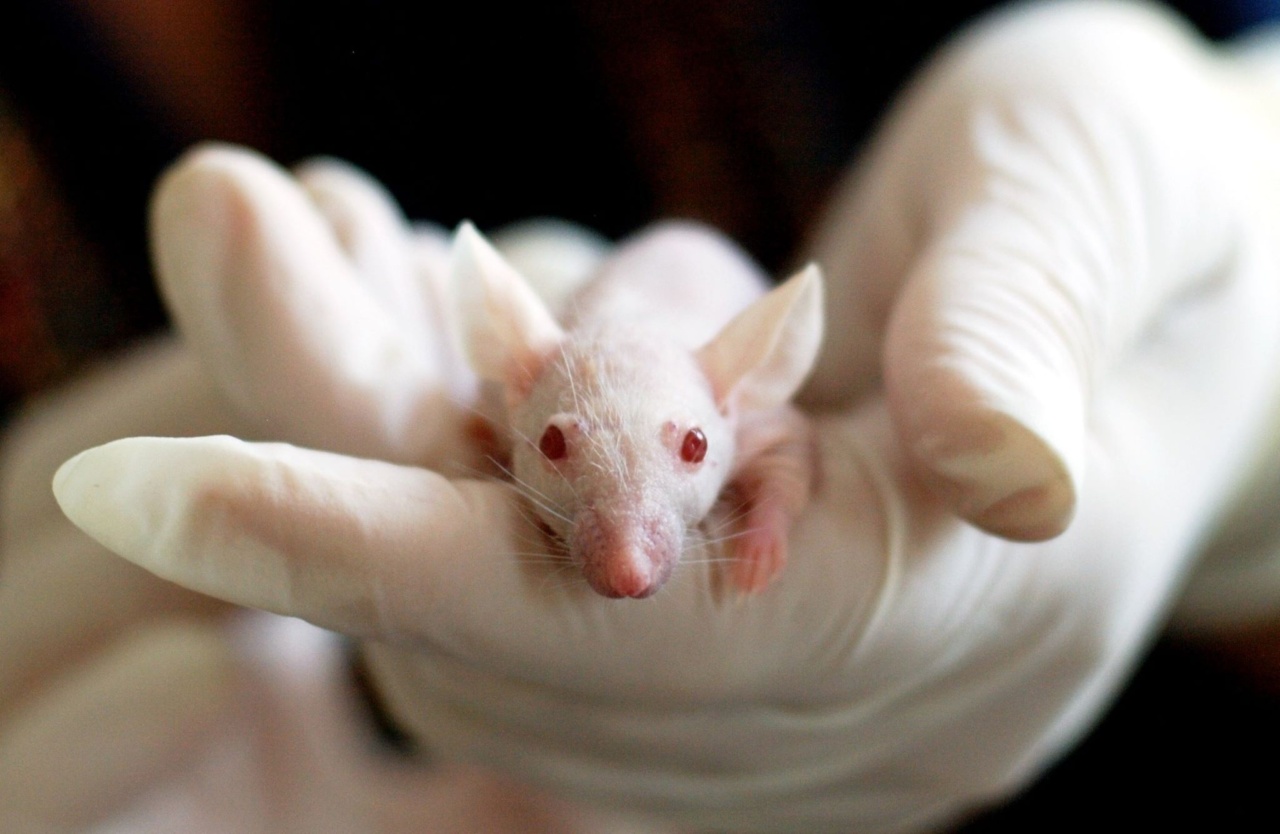Back pain is an all-too-common ailment that affects millions of people around the world.
While there are a variety of reasons why someone may experience back pain, one of the most common causes is due to problems in a small area of the back known as the lumbar spine.
What is the Lumbar Spine?
The lumbar spine is a section of the spinal column that is composed of five vertebrae. It is located in the lower back and is responsible for providing support and stability to the body while also allowing for movement and flexibility.
How the Lumbar Spine Works
The lumbar spine is made up of five vertebrae that are separated by small discs. These discs act as shock absorbers and help to cushion the vertebrae during movement or impact.
Between each vertebrae there are small openings called intervertebral foramen. These openings allow for nerves from the spinal cord to pass through and reach other parts of the body.
The lumbar spine is also surrounded by muscles that provide support and help with movement. These muscles work together to allow for bending, twisting, and lifting. However, when the muscles are weak or injured, it can lead to back pain.
Common Causes of Lumbar Spine Back Pain
There are a variety of reasons why someone may experience back pain related to their lumbar spine. Here are a few of the most common causes:.
Herniated or Bulging Discs
When the discs that separate the vertebrae in the lumbar spine become damaged, they may bulge or herniate. This can cause pressure on nearby nerves, which can lead to pain and discomfort.
Spinal Stenosis
Spinal stenosis occurs when the space within the spinal canal narrows. This can lead to pressure on the nerves that pass through the lumbar spine, causing pain and discomfort.
Spondylolisthesis
Spondylolisthesis is a condition where one vertebrae slips forward in front of another vertebrae. This can cause pressure on nearby nerves, which can lead to pain and discomfort.
Muscle Strains or Sprains
When the muscles that support the lumbar spine become strained or sprained, it can cause pain and discomfort in the lower back.
Treatment for Lumbar Spine Back Pain
Treatment for lumbar spine back pain will depend on the underlying cause of the pain. Here are a few common treatment methods:.
Rest and Activity Modification
One of the first things to do when experiencing back pain is to rest and avoid movements that aggravate the pain. Avoiding activities that strain the lumbar spine can prevent further injury and allow for healing.
Physical Therapy
Physical therapy can help strengthen the muscles that support the lumbar spine. A physical therapist can create a customized treatment plan to improve flexibility and reduce pain.
Medications
Over-the-counter pain medications such as ibuprofen or acetaminophen can help manage the pain. In more severe cases, prescription medications may be necessary.
Surgery
In some cases, surgery may be necessary to correct the underlying problem causing the lumbar spine back pain. This is typically reserved for cases where conservative treatments have not been successful.
Preventative Measures
Preventing back pain related to the lumbar spine can be done by taking the following measures:.
Exercise Regularly
Regular exercise can strengthen the muscles that support the lumbar spine and improve flexibility. This can prevent injuries and reduce the risk of back pain.
Maintain Good Posture
Sitting or standing with poor posture can put a strain on the lumbar spine muscles and increase the risk of injury. Maintaining good posture can prevent back pain and improve overall health.
Use Proper Lifting Techniques
When lifting heavy objects, use proper lifting techniques to prevent injury to the lumbar spine. This includes keeping the back straight and using the legs to lift the object.
Avoid Sitting for Long Periods
Sitting for long periods of time can put a strain on the lumbar spine muscles. Take frequent breaks and stretch throughout the day to prevent back pain.
Conclusion
Back pain related to the lumbar spine can be debilitating and interfere with daily life. By understanding the causes of the pain and taking preventative measures, it is possible to reduce the risk of injury and alleviate discomfort.





























